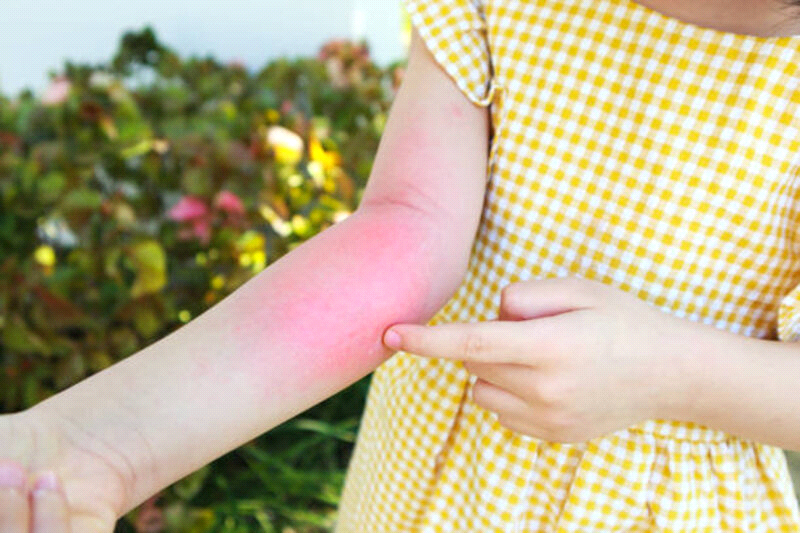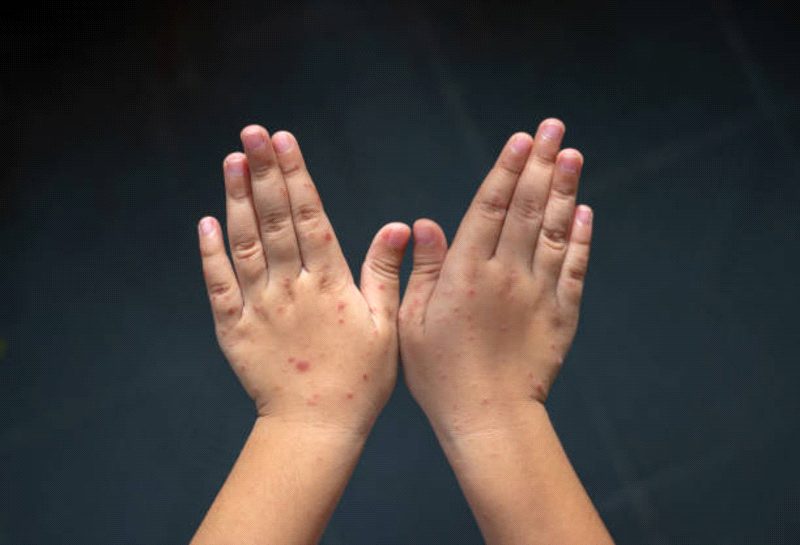Are you worried that a rash could be caused by an allergy? Identifying and understanding three common allergy rashes can help you gain some clarity. Allergy-related rashes are unpleasant, uncomfortable, and can even be dangerous when severe enough. Knowing what to look for is the first step in getting the relief you need from allergic reactions, as well as preventing them in future.
Overview on Allergy Rashes - What They Are?
Allergy rashes can be a frustrating and uncomfortable experience for anyone who experiences them. They occur when the immune system reacts to a substance that it perceives as harmful, even if that substance is harmless.
Common Causes:
Common causes of allergy rashes include foods, medications, insect bites or stings, and environmental factors like pollen or pet dander. Identifying the cause of an allergy rash can sometimes be difficult, but it is an important step in finding relief. If you are experiencing an allergy rash, it is important to consult with a healthcare professional to determine the best course of treatment.
Identifying Contact Dermatitis:
Identifying contact dermatitis is essential for anyone experiencing skin irritation due to contact with a particular substance Identifying the cause of the dermatitis is crucial to preventing further exposure and mitigating future reactions.
Identifying contact dermatitis is essential for anyone experiencing skin irritation due to contact with a particular substance Identifying the cause of the dermatitis is crucial to preventing further exposure and mitigating future reactions.
Symptoms of contact dermatitis:
Symptoms of contact dermatitis can include;
- Redness
- Itching
- Swelling
- Blistering
These symptoms can appear anywhere on the body where the skin has made contact with the irritant. Contact dermatitis can occur in anyone, but some people are more susceptible than others. If you are experiencing symptoms of contact dermatitis, seek professional advice promptly to accurately identify the cause and start the appropriate treatment.
Understanding Atopic Dermatitis:
Atopic dermatitis, also known as eczema, is a skin condition that affects millions of people around the world. It is characterized by itchy and inflamed skin, which can be both uncomfortable and embarrassing for those who suffer from it. While the exact cause of atopic dermatitis is not fully understood, it is believed to be a combination of genetic and environmental factors.
Despite this, there are several effective treatments available to help manage the symptoms and improve the quality of life for those who have this condition. If you or someone you know is struggling with atopic dermatitis, it's important to seek professional medical advice to determine the best course of treatment.
Tips for Managing Allergy Rashes:

If you've ever experienced allergy rashes, you know how frustrating they can be. There are simple tips that can help manage them so you can find some relief.
- It's important to identify the cause of your allergy, whether it's food, environmental factors or something else.
- Taking an antihistamine can also help reduce symptoms, and applying a cold compress can reduce itching and inflammation.
- Moisturizing your skin regularly and wearing loose-fitting clothing made of breathable materials can also help prevent further irritation.
Distinguishing Between Urticaria and Angioedema:
Urticaria and angioedema are skin conditions that share some similarities, but they are also quite distinct. Urticaria is characterized by raised, itchy bumps that appear on the skin, often in response to an allergen. Angioedema involves swelling that occurs;
- Beneath the skin's surface
- Typically in the face
- Lips
- Throat
While both urticaria and angioedema can be triggered by allergies, urticaria tends to be more widespread and appears more suddenly than angioedema. It's important to be able to distinguish between these two conditions in order to properly diagnose and treat them, especially when they occur together.
When to Seek Medical Attention for Allergy Rashes?

Allergic reactions can vary from mild to severe, and rashes are one of the most common symptoms. Knowing when to seek medical attention for allergy rashes is critical to ensure proper treatment and prevent complications. If your rash is accompanied by;
- Difficulty breathing
- Swelling of the face
- Swelling of Tongue
- Swelling of throat
- Sudden onset of hives
Contact your healthcare provider if the rash is widespread, severe, or not responding to over-the-counter remedies. Timely treatment can relieve discomfort, prevent the rash from spreading, and potentially avoid a more serious allergic reaction.
Conclusion:
Allergy rashes can come in many shapes, sizes, and causes. It is important to distinguish between a mild rash and more serious forms of allergy-related skin inflammation. When it comes to identifying an allergy rash, be sure to pay attention to the location, severity, length of time you have had the rash, and other symptoms that may accompany it. Being aware of the features associated with contact dermatitis, atopic dermatitis, hives (urticaria), or angioedema can help you better identify what type of rash you may have. In any case, treating and managing your allergies through diligent skin care practices should always be your first priority when dealing with an allergy rash.




